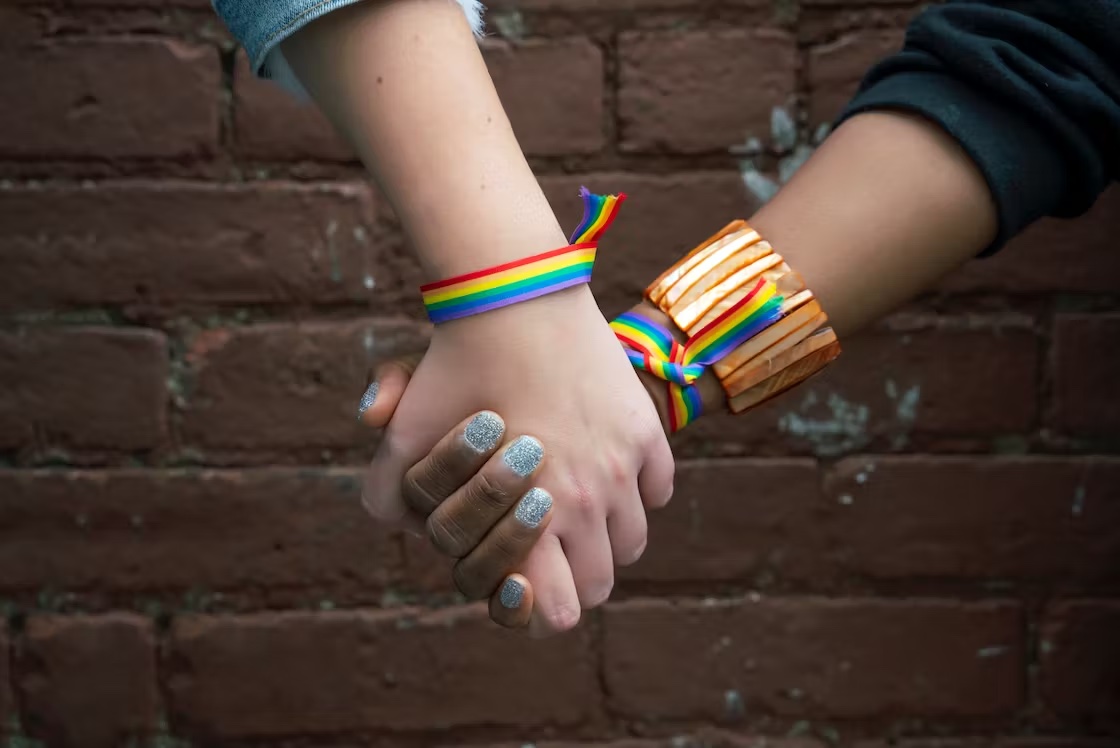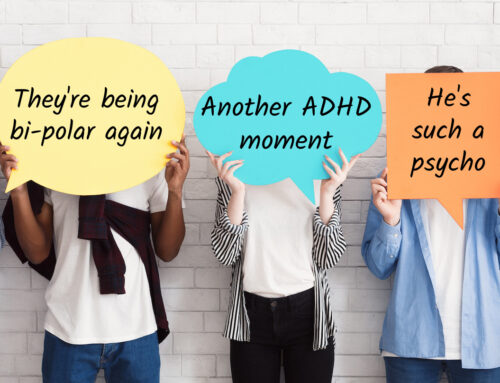By: Stephen Dillon-Streisel, college intern, and Dr. Divya Babbar
Frequently, articles and research focus on queer children or neurodivergent children, but the duality of being both queer and neurodivergent is rarely considered. When cultivating safe spaces for children, it is most important that we affirm their identity and choices and allow them a space for “neuroqueering” (Walker et al., 2015) The act of neuroqueering is the liberation of oneself from socially imposed neuro-normativity and heteronormativity. While neuroqueer is a verb, it can also be an aspect of one’s identity.
Gender-diverse people are more likely to exhibit and report autism symptoms and are five times more likely to suspect that they have undiagnosed autism (Walker et al., 2021). The largest study conducted on queer and autistic people found that individuals who do not identify with their assigned gender at birth were six times more likely to be autistic than cisgender people (Walker, N et al 2021). A neuroqueer identity is one of intersectionality and is meant to normalize breaking stereotypes and normativity set by a society that doesn’t make space for neuroqueer people (Walker et al., 2021). This means that these individuals often have to create a space for themselves in the world. Children need support to make their own space in the world, and as a parent, you can follow these guidelines to help create a neuroqueer physical space for them to excel.
To do this, it is advisable to set up the room in a flexible way –– as children who are neurodivergent are very sensitive to stimuli that can be around the room. It is also important that color schemes and decorations are adjustable –– as they may want to experiment with different aspects of feminine and masculine decorations. Some ideas for these adjustable spaces are:
- Adjustable lighting: Lighting is very important for the room’s overall look, and it can be a very powerful stimulus. Buying light bulbs with adjustable power settings and colors can be very beneficial for the child to experiment with and find the right color and setting of light for them.
- Reconfigurable furniture: Adjusting furniture that can be reconfigured to open or close spaces is very important for neurodivergent children. For example, having an adjustable couch that can have pieces spread across or line up in a square can help your child decide the functionality of the furniture and tailor it to the specific way they feel while exploring their neuroqueer identity and experimenting with what they like.
- Curtains: Having curtains in certain areas in the room, such as the bed, can bring another level of privacy to the room, which allows for more safety and security to be felt while in the room.
- Decorations: Considering how much personality decorations can give a room is important. This is why we have a mix of feminine-presenting decorations, such as flowers, hanging light, and flowing curtains, and masculine-presenting decorations, such as classic geometrics with hardwood, dark blues, and plaids.
All of these aspects in a room are important to incorporate to allow your child to fully neuroqueer as much as they need to and express their identity. Creating a space your child can use to authentically express who they are will be crucial to their development and mental health.
At Georgetown Psychology, our clinicians are passionate about supporting the needs of the LGBTQI+ and neurodivergent communities. We provide affirming, supportive therapy for children, teens, and their families.






